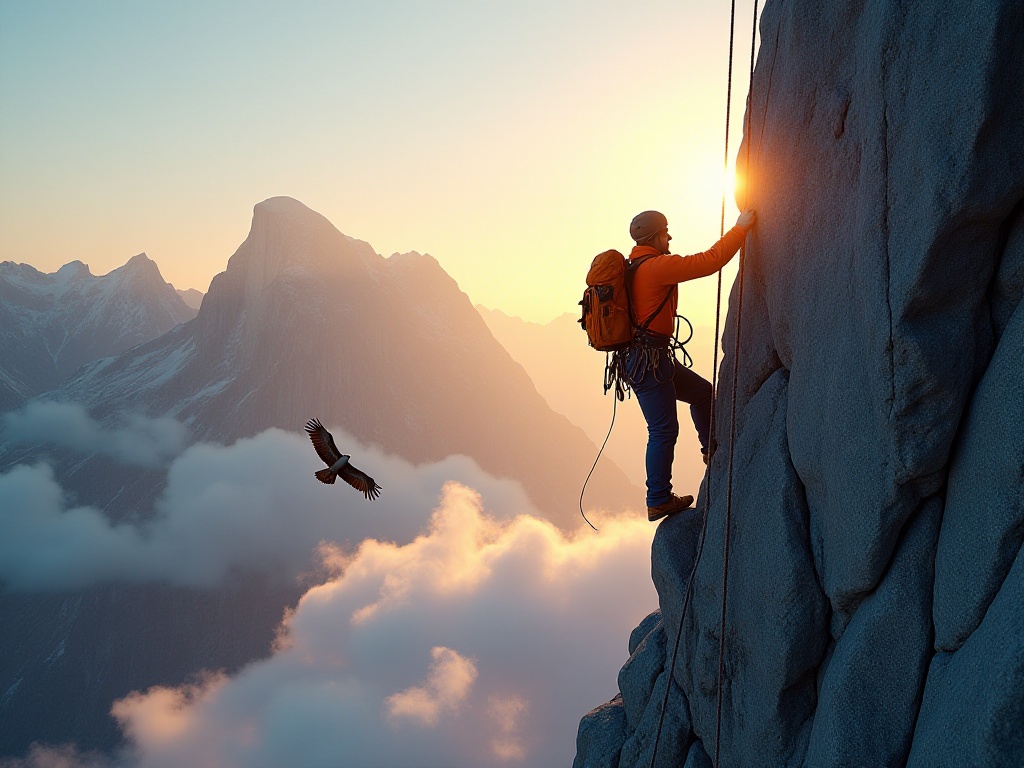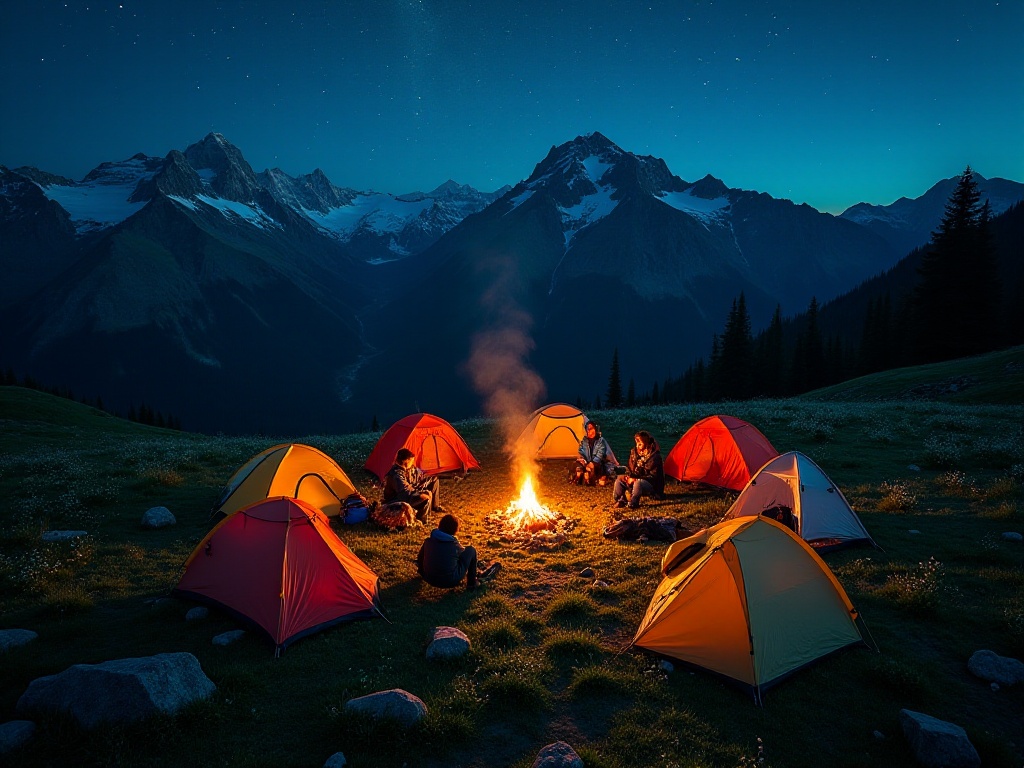
Origins
As a travel blogger who regularly engages in outdoor activities, I'm often asked one question: how can one experience the most authentic outdoor adventure? Whenever I see this question, memories of unforgettable times spent in U.S. National Parks flood my mind. I still remember the nervousness and excitement of my first van life experience, and how that unprecedented sense of freedom captivated me. Today, let me take you into the world of van life and show you this unique way of traveling.
What is Van Life
Van life, this fancy-sounding term, is simply living in a converted van and sleeping wherever you go. In Western countries, especially in vast nations like the United States, van life has evolved into a unique culture. More and more young people are choosing to temporarily leave behind the constraints of city life and travel everywhere in their vans.
Imagine not being restricted by fixed itineraries, being able to plan your route entirely according to your wishes. Today you might wake up under Half Dome in Yosemite National Park, admiring waterfalls in the morning light; tomorrow you could drive to the Grand Canyon and watch the sun slowly sink below the horizon while sitting on the cliff edge. No complicated check-out procedures, no buses to catch - you're in complete control of the entire journey.
Van life isn't just a way of traveling; it's a lifestyle. It lets you truly understand what it means to have a mobile home. In your van, you can brew coffee and daydream while looking at the scenery outside; set up a small table at the trunk and have a barbecue chat with friends; or even set up a tent on the roof and count stars while lying in your sleeping bag.
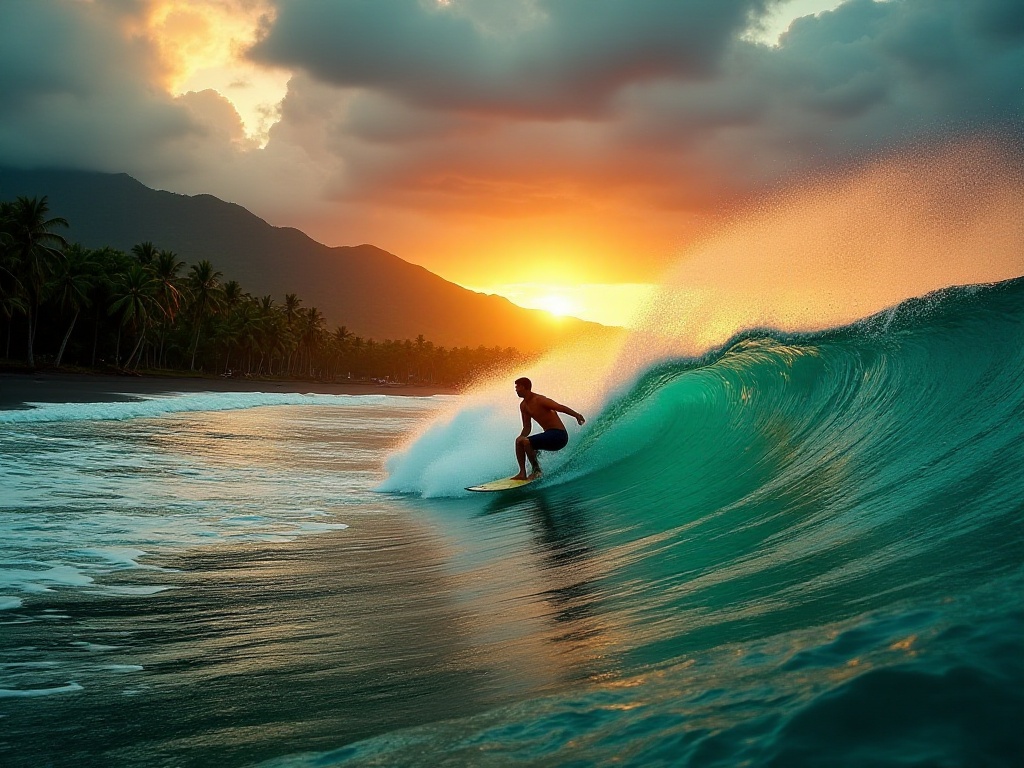
Preparation
Getting into van life isn't as simple as packing a few clothes and hitting the road. First, you need a suitable van. Based on my years of experience, the ideal choice is a convertible commercial van, such as a Mercedes Sprinter or Ford Transit. These models offer enough space and can meet basic living needs after conversion.
Speaking of conversion, there's quite a bit to learn. Basic conversions include beds, storage space, and simple kitchen equipment, costing around $20,000. If budget allows, you can opt for more luxurious custom options like solar panels, shower facilities, and independent heating systems, which might cost up to $100,000. However, for beginners, I recommend starting with the basic version and gradually figuring out what configurations you truly need.
If you're not ready to invest in your own van, renting is a good option. But here's a special reminder: the RV rental market in the U.S. has high demand, especially during peak tourist seasons. Major rental companies are often booked six months in advance, so planning ahead is essential. Generally, you should book at least 3 months ahead. Price-wise, expect $100-200 per day during off-peak seasons, possibly double during peak seasons, depending on the vehicle type and rental duration.
Besides the vehicle, you'll need some essential equipment. First are bedding items - although rental companies usually provide basic bedding, I recommend bringing your own sleeping bag for both hygiene and comfort. Next are kitchen utensils, including portable stoves, cooking tools, and tableware. Don't forget to bring enough water containers - you'll need to use water sparingly in the wilderness.
As for communication and navigation equipment, while smartphones are powerful nowadays, signals might be unstable in remote national parks. I recommend bringing a standalone GPS navigator, preferably with a satellite phone for emergencies. Additionally, a high-capacity power bank is essential, as electricity access is limited in the wild.

Route Planning
When it comes to U.S. National Parks, many people's first thought is Yellowstone. However, true van life enthusiasts know there are many more breathtaking natural wonders waiting to be explored in America.
I highly recommend the "Four State Loop." This route starts from Yosemite National Park in California, heads east through Great Basin National Park in Nevada, then north to Bryce Canyon National Park in Utah, and finally south to the Grand Canyon in Arizona. This route crosses four states, connecting America's most magnificent natural landscapes.
Starting from Yosemite, you'll first be struck by the towering granite cliffs and the plunging Yosemite Falls. The landscape here is the masterpiece of glacial movement, shaped by millions of years of glacial erosion into today's magnificent scenery. I especially recommend visiting Mirror Lake in early morning or evening, when the lake surface becomes mirror-like, reflecting the surrounding peaks in an almost surreal beauty.
Crossing Nevada, you'll arrive at Great Basin National Park. This is one of America's youngest national parks, and also one of its most mysterious. The park houses America's oldest tree species - the Bristlecone Pine, with some trees over 4,000 years old. Here, you can experience true wilderness. At night, it's an excellent spot for stargazing, with the Milky Way clearly visible.
Continuing north, you'll reach Bryce Canyon National Park. Its most famous feature is the countless stone pillars known as "hoodoos." These pillars, formed by wind and rain erosion, display various colors including red, orange, and pink in the sunlight. Bryce Canyon is most beautiful at dawn, when the first rays of sunlight seem to set the entire canyon ablaze.
The final stop is the world-famous Grand Canyon. No words can adequately describe the scenery here. The Colorado River has carved a mile-deep canyon, revealing 4.6 billion years of Earth's geological history. I recommend visiting Bright Angel Point at sunset to watch the sun slowly sink into the canyon as the sky turns a brilliant orange-red.
This route typically takes about two weeks. Of course, this is just a reference - the beauty of van life is that you can arrange your schedule entirely according to your own rhythm. Stay longer if you like a place; there's no need to rush.
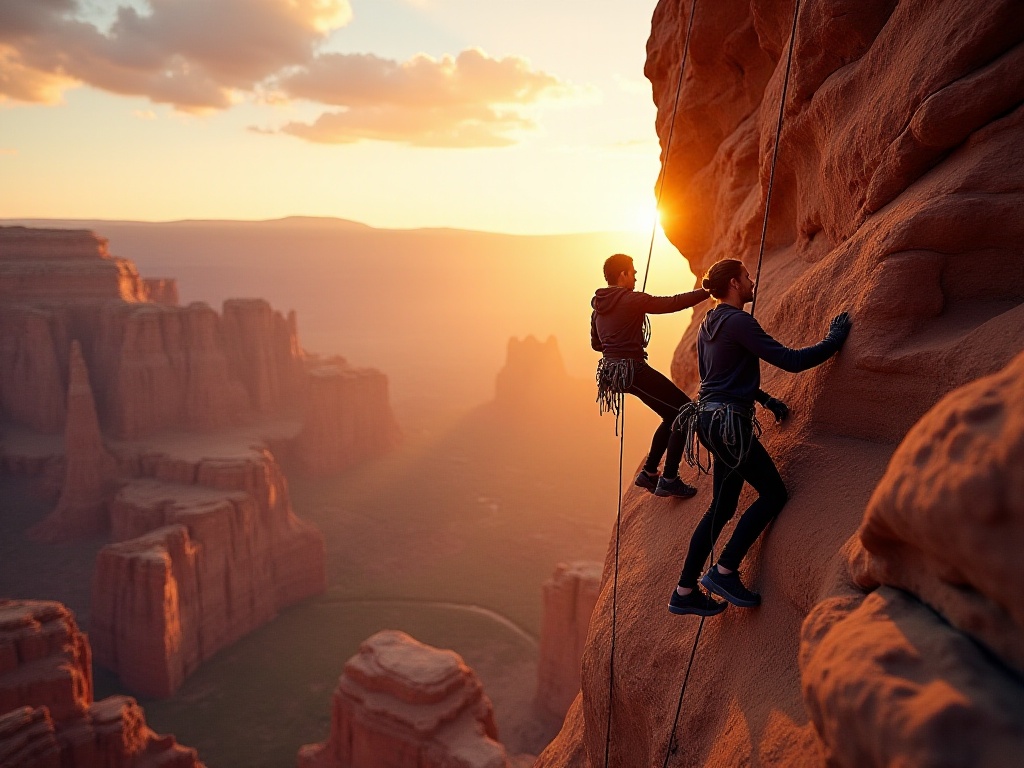
Practical Guide
While van life sounds romantic, there are many practical details to consider. First, let's talk about parking. U.S. National Parks all have dedicated RV campgrounds, usually equipped with comprehensive infrastructure including power outlets, water facilities, and waste disposal stations. However, these campgrounds often require advance booking, especially during peak tourist seasons.
Don't worry if you can't book a campground. Many Walmart stores allow RVs to park overnight in their parking lots for free - this is a common backup plan for many van lifers. However, when overnight parking in lots, choose well-lit locations, preferably near other RVs for better safety.
Regarding living facilities, converted vans typically come equipped with basic kitchen equipment and beds. The kitchen usually includes a small refrigerator, simple stove, and sink. Though space is limited, it's sufficient for daily cooking needs. I usually prepare some ready-to-eat foods complemented with fresh fruits and vegetables - it's both nutritious and convenient.
Shower facilities are a common concern. Unless your van has an independent shower, you'll need to rely on campground facilities. Most U.S. National Park campgrounds have shower rooms, costing about $5-10 per use. While not cheap, a hot shower is worth it.
Speaking of water, this is the resource that requires the most careful management in van life. Typical RV water tanks hold 20-40 gallons, and you need to learn to allocate it wisely. In my experience, limiting daily washing and cooking water use to about 5 gallons means one tank can last about a week. Water can be replenished at campgrounds or gas stations.
Power supply is also crucial. If your van has solar panels, they can generally meet daily power needs on sunny days. But on cloudy days or when power consumption is high, you'll need to connect to campground power or use a generator. I recommend having a small generator as a backup power source.
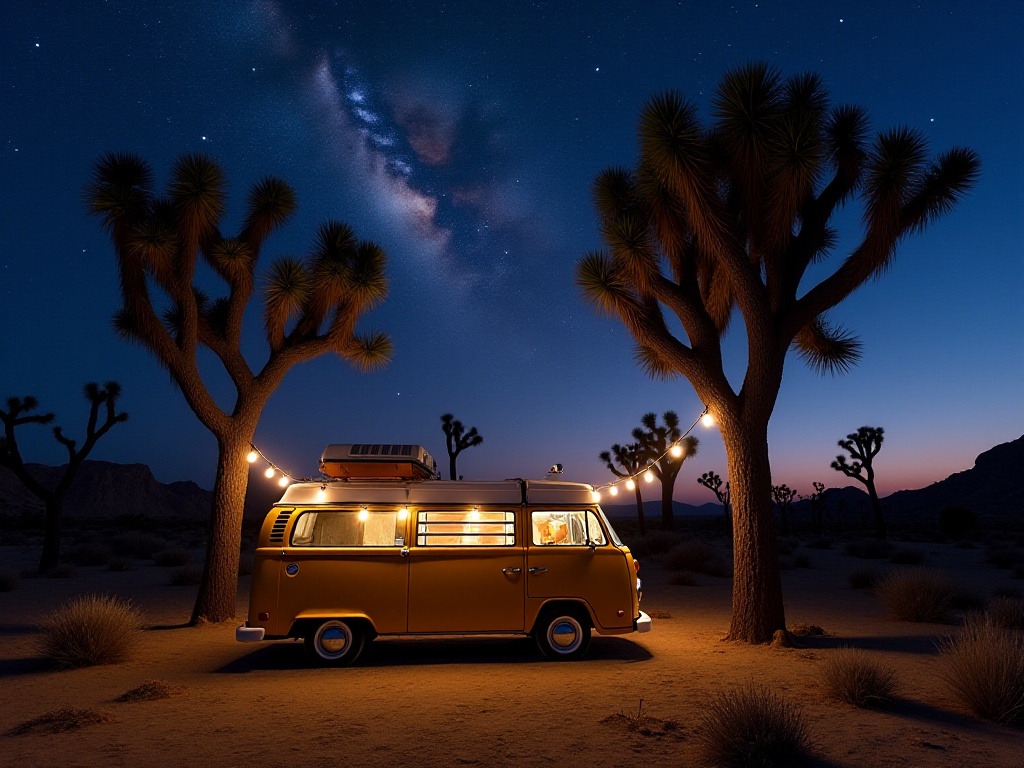
Unique Experiences
After discussing so many technical issues, let's talk about what makes van life truly attractive. Do you know what it feels like to wake up at 4 AM in Yosemite? When you're lying in your warm bed, pull back the curtains, and see a sky full of stars right before you, with Half Dome faintly visible in the starlight. This feeling can't be experienced even in the most luxurious hotels.
I remember one time staying overnight at Bryce Canyon. The temperature dropped below freezing that night, but it was cozy inside the van. I made a hot coffee and watched the starry sky, feeling like the whole world had fallen silent. The next morning, I got up early, and when I opened the van door, I saw the hoodoos turned golden by the morning sun. At that moment, all fatigue simply vanished.
In Great Basin National Park, I once parked overnight next to a 4,000-year-old Bristlecone Pine. Think about it - while I was comfortably resting in the van, this ancient tree had been standing quietly on this land for four millennia. This sense of crossing time and space instills a deep reverence for life and nature.
The greatest charm of van life is the opportunity to truly immerse yourself in nature. You can stop anytime to admire wildflowers along the road; find an open spot in the evening to set up chairs and watch the sunset; or even step outside in the dead of night to gaze at the brilliant Milky Way. These experiences, which are rare in traditional travel, become daily occurrences in van life.
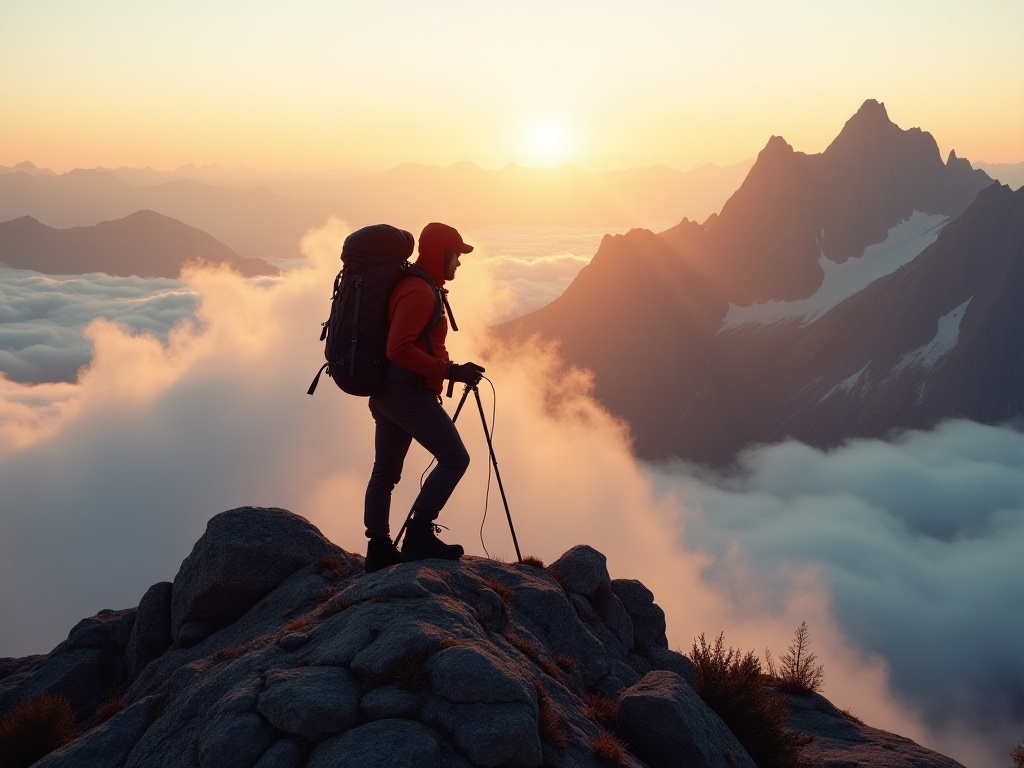
Important Notes
At this point, I must mention some safety issues. While van life offers freedom, vigilance is essential. U.S. National Parks have plenty of wildlife, especially bears. When parking overnight in bear country, always store food in sealed containers and don't leave any food residue outside. It's best to keep bear spray in the van, just in case.
Weather is another factor requiring special attention. I once encountered sudden heavy rain at the Grand Canyon, making roads instantly slippery and difficult to navigate. So make it a habit to check weather forecasts regularly, and seek safe parking spots when bad weather hits. This is especially important when driving in mountainous areas.
Vehicle maintenance is crucial. Check tire pressure, oil levels, and brake systems daily before setting out. When driving in remote areas, carry basic repair tools and spare parts. Additionally, I recommend purchasing comprehensive travel insurance and roadside assistance service to handle potential emergencies.
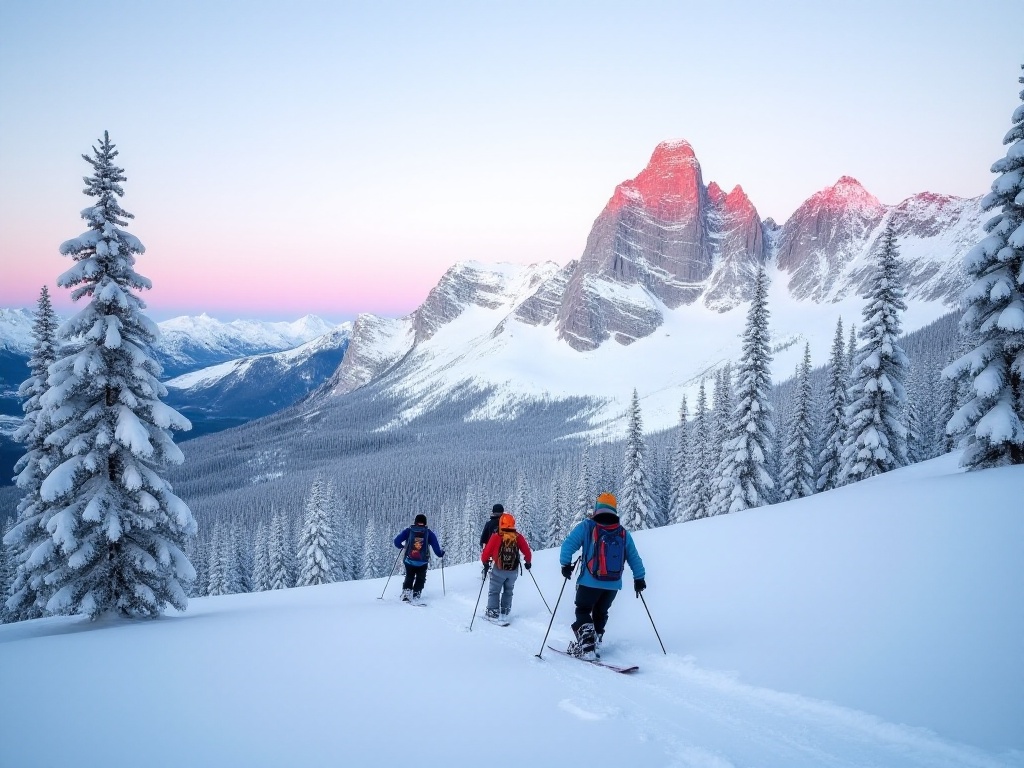
Final Thoughts
Van life isn't just a way of traveling; it's a lifestyle. It teaches us to slow down and truly appreciate every moment along the journey. Through van life, we can break free from traditional travel constraints and explore the world at our own pace.
Experiencing van life in U.S. National Parks, you'll find each day brings new adventures. Waking up to birdsong, watching the sunset, gazing at stars at night - these are irreplaceable precious experiences. This way of traveling gives us the opportunity to truly connect with nature and experience the purest form of outdoor adventure.
Are you tempted to try van life? Actually, taking the first step isn't difficult. You can start with short trips and gradually build experience. You'll likely fall in love with this free-spirited lifestyle quickly. If you already have related experiences, feel free to share your stories.
In the next issue, I'll provide detailed information about choosing and converting vans suitable for van life, including comparisons of different vehicle types, various conversion options, and specific budget planning. If you're interested in any particular topic, let me know, and I'll explain it in detail in future articles.
Next
Unlocking 20 Top Global Outdoor Adventure Destinations That Even Beginners Can Easily Navigate
Discover premier outdoor adventure destinations around the globe, from Norwegian fjords to New Zealand wilderness, Himalayan trails to Great Barrier Reef, offering unique natural experiences and world-class outdoor activities
Planning the Perfect Outdoor Adventure from Scratch: A Guide to Save You a Decade of Trial and Error
A comprehensive guide to outdoor activities and experiences in travel, covering land and water sports, planning essentials, equipment preparation, safety considerations, and special activities including seasonal and extreme sports
Canoe Adventure: An Asian Waterway Journey Through the Eyes of a Water Sports Enthusiast
A comprehensive guide covering various outdoor activities including water sports, land activities, observation experiences, and fishing, with professional guidance and safety tips for kayaking, surfing, hiking, rock climbing, stargazing, and fishing
Next

Unlocking 20 Top Global Outdoor Adventure Destinations That Even Beginners Can Easily Navigate
Discover premier outdoor adventure destinations around the globe, from Norwegian fjords to New Zealand wilderness, Himalayan trails to Great Barrier Reef, offering unique natural experiences and world-class outdoor activities
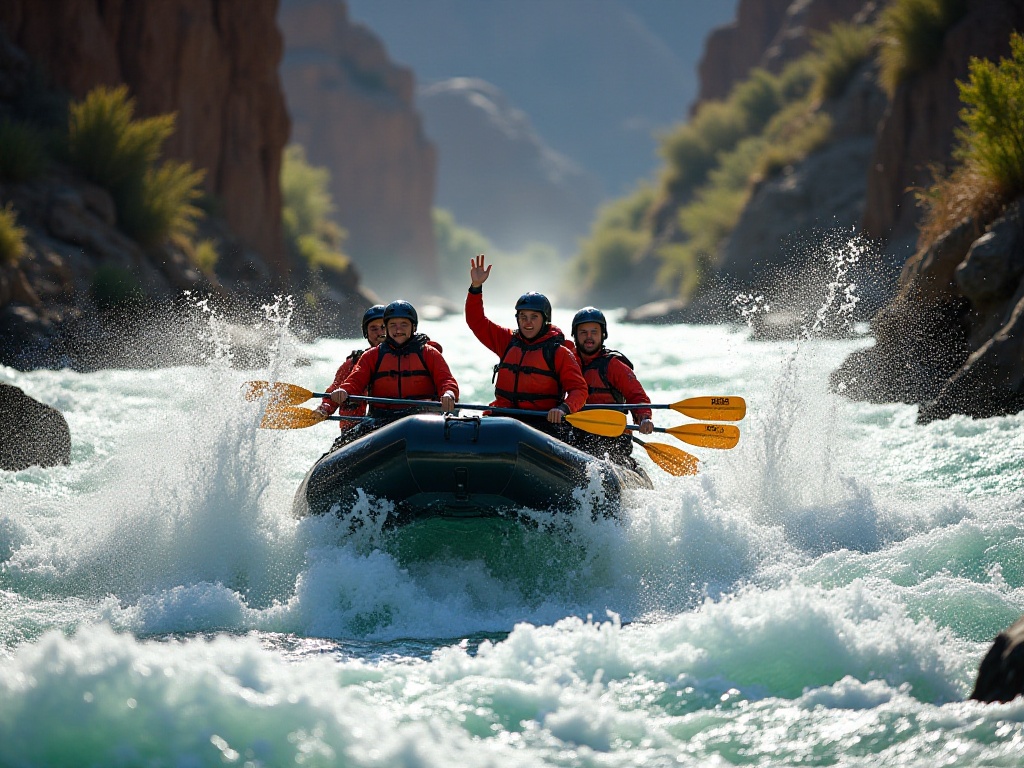
Planning the Perfect Outdoor Adventure from Scratch: A Guide to Save You a Decade of Trial and Error
A comprehensive guide to outdoor activities and experiences in travel, covering land and water sports, planning essentials, equipment preparation, safety considerations, and special activities including seasonal and extreme sports
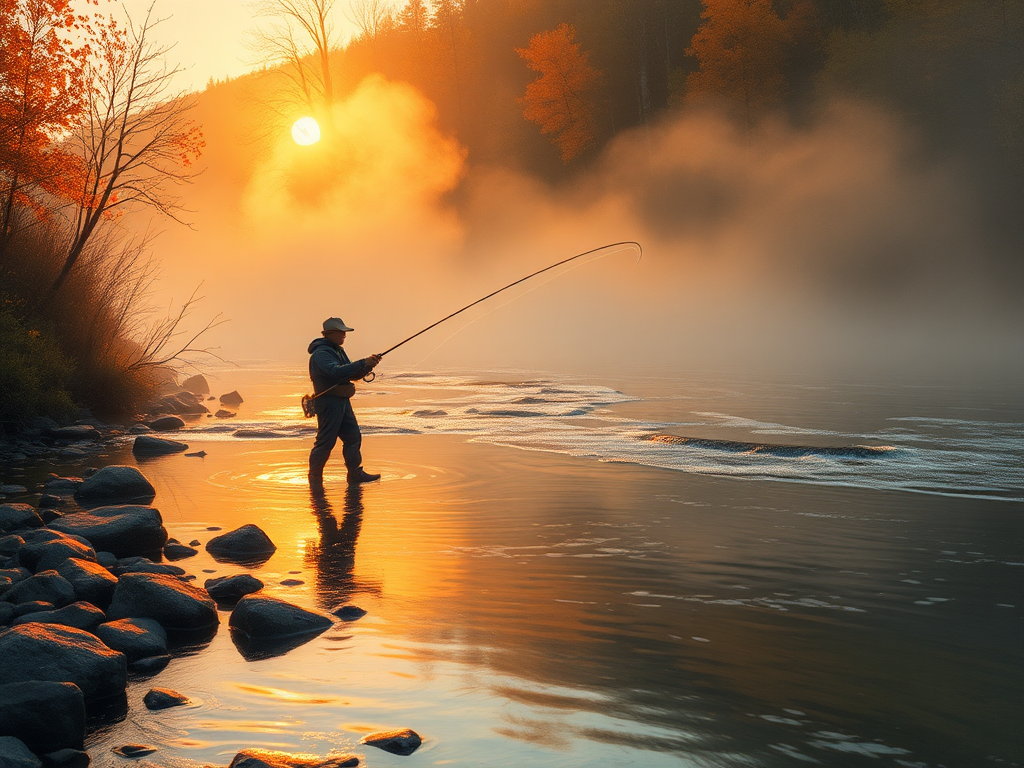
Canoe Adventure: An Asian Waterway Journey Through the Eyes of a Water Sports Enthusiast
A comprehensive guide covering various outdoor activities including water sports, land activities, observation experiences, and fishing, with professional guidance and safety tips for kayaking, surfing, hiking, rock climbing, stargazing, and fishing

